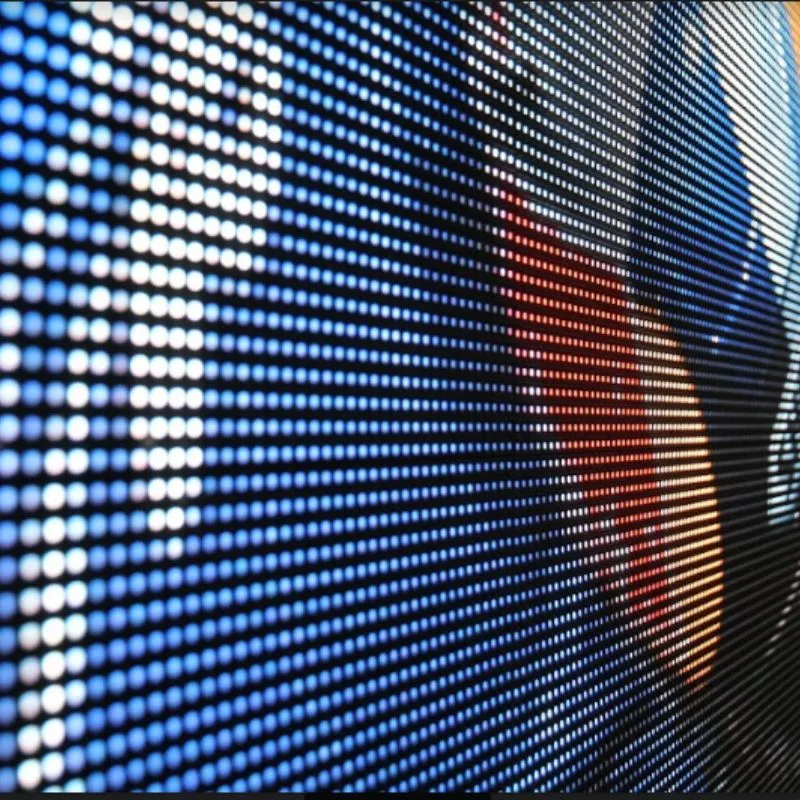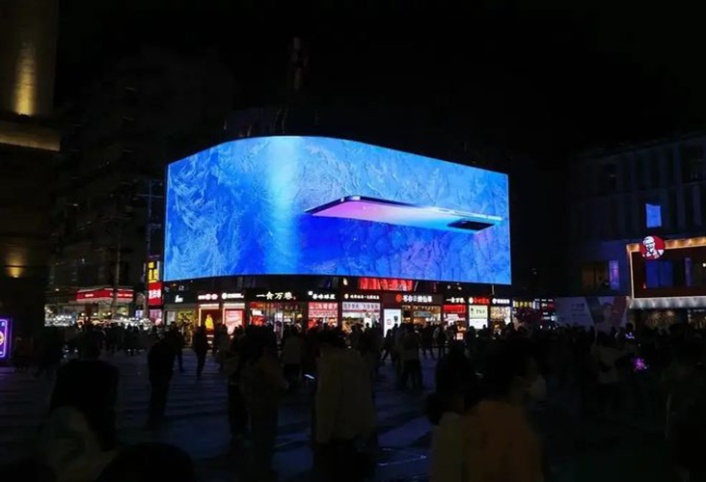Introduction:
LED screens have become a staple in various applications, from digital signage and control rooms to home entertainment. To maximize the investment and ensure consistent performance, focusing on the long-term reliability of LED screens is crucial. This involves understanding maintenance practices, optimizing usage, and staying informed about technological considerations. Here’s a comprehensive guide on achieving long-term reliability and performance for your LED screens.
1. Regular Maintenance and Cleaning
Routine Inspection
Regularly inspect your LED screens for signs of wear and tear, such as flickering pixels or color inconsistencies. Early detection of issues allows for timely repairs and prevents minor problems from escalating.
Cleaning Procedures
Keep your LED screens clean to maintain optimal performance. Dust and dirt can affect image quality and cause overheating. Use a soft, lint-free cloth and a mild cleaning solution to gently clean the screen’s surface. Avoid using abrasive materials or harsh chemicals that could damage the display.
Professional Servicing
Schedule periodic professional servicing to ensure that all components are functioning correctly. Technicians can perform in-depth checks and maintenance, such as calibrating color settings and inspecting internal components for any potential issues.
2. Proper Usage Practices
Optimal Operating Conditions
Ensure that your LED screens are used within the recommended operating conditions. Excessive heat, humidity, or direct sunlight can impact performance and lifespan. Install screens in environments that meet the manufacturer’s guidelines to avoid potential damage.
Adjust Brightness and Contrast
Adjust the brightness and contrast settings according to the ambient lighting conditions. Excessive brightness can lead to premature wear of the LEDs, while incorrect contrast settings may affect image quality. Use automatic brightness adjustment features if available to maintain optimal settings.
Avoid Static Images
Prolonged display of static images or logos can cause image retention or burn-in issues. To prevent this, use screen savers or rotate content regularly to ensure even wear of the display.
3. Technological Considerations
Quality of Components
Invest in high-quality LED screens from reputable manufacturers. Quality components are more durable and less likely to experience performance issues over time. Check for warranties and support options that can provide additional peace of mind.
Firmware and Software Updates
Keep the firmware and software of your LED screens up-to-date. Manufacturers often release updates that improve performance, fix bugs, and enhance functionality. Regularly check for updates and apply them as needed to ensure your screens are running optimally.
Power Management
Implement power management practices to reduce the strain on your LED screens. Avoid frequent power cycling and ensure that the power supply is stable and within the recommended voltage range. Use power-saving features when appropriate to extend the lifespan of your screens.
4. Environmental Considerations
Ventilation and Cooling
Ensure proper ventilation around your LED screens to prevent overheating. Adequate airflow is essential for cooling the internal components and maintaining optimal performance. Avoid blocking ventilation openings and consider installing cooling systems if necessary.
Protection from Elements
Protect your LED screens from environmental elements such as rain, snow, or extreme temperatures. Use weatherproof enclosures for outdoor installations and ensure that indoor screens are shielded from direct sunlight and other potential sources of damage.
Tips for Ensuring Long-Term Reliability
1. Follow Manufacturer Guidelines
Adhere to the manufacturer’s recommendations for installation, usage, and maintenance to ensure the longevity of your LED screens.
2. Invest in Quality
Choose high-quality LED screens from reputable brands to benefit from superior performance and durability.
3. Monitor Performance Regularly
Regularly monitor the performance of your LED screens to detect and address any issues early.
4. Utilize Professional Services
Engage with professional technicians for periodic servicing and troubleshooting to maintain optimal performance.
5. Protect and Maintain
Implement protective measures and maintenance routines to safeguard your LED screens from environmental and operational stresses.
Final Thoughts: Ensuring Longevity and Excellence
Achieving long-term reliability of LED screens involves a combination of regular maintenance, proper usage practices, and staying abreast of technological advancements. By following these guidelines, you can maximize the lifespan and performance of your LED screens, ensuring that they continue to deliver exceptional visual quality and reliability for years to come.





